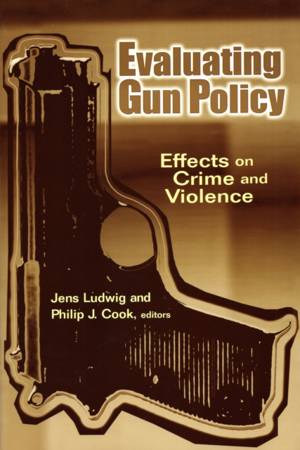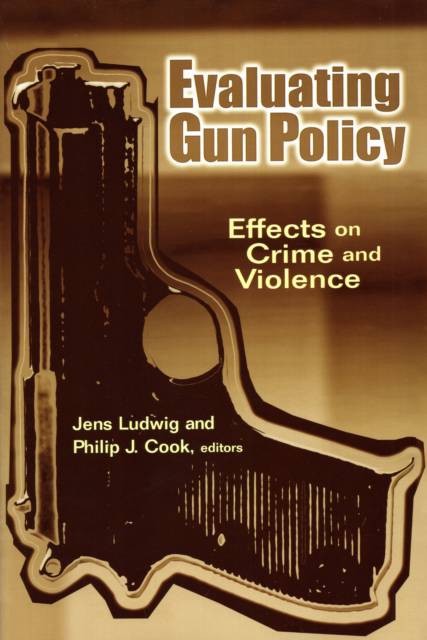
- Retrait gratuit dans votre magasin Club
- 7.000.000 titres dans notre catalogue
- Payer en toute sécurité
- Toujours un magasin près de chez vous
- Retrait gratuit dans votre magasin Club
- 7.000.000 titres dans notre catalogue
- Payer en toute sécurité
- Toujours un magasin près de chez vous
Description
Compared with other developed nations, the United States is unique in its high rates of both gun ownership and murder. Although widespread gun ownership does not have much effect on the overall crime rate, gun use does make criminal violence more lethal and has a unique capacity to terrorize the public. Gun crime accounts for most of the costs of gun violence in the United States, which are on the order of $100 billion per year. But that is not the whole story. Guns also provide recreational benefits and sometimes are used virtuously in fending off or forestalling criminal attacks. Given that guns may be used for both good and ill, the goal of gun policy in the United States has been to reduce the flow of guns to the highest-risk groups while preserving access for most people. There is no lack of opinions on policies to regulate gun commerce, possession, and use, and most policy proposals spark intense controversy. Whether the current system achieves the proper balance between preserving access and preventing misuse remains the subject of considerable debate. Evaluating Gun Policy provides guidance for a pragmatic approach to gun policy using good empirical research to help resolve conflicting assertions about the effects of guns, gun control, and law enforcement. The chapters in this volume do not conform neatly to the claims of any one political position. The book is divided into five parts. In the first section, contributors analyze the connections between rates of gun ownership and two outcomes of particular interest to society--suicide and burglary. Regulating ownership is the focus of the second section, where contributors investigate the consequences a large-scale combined gun ban and buy-back program in Australia, as well as the impact of state laws that prohibit gun ownership to those with histories of domestic violence. The third section focuses on efforts to restrict gun carrying and includes a critical examination of efforts in Pit"
Spécifications
Parties prenantes
- Editeur:
Contenu
- Nombre de pages :
- 469
- Langue:
- Anglais
- Collection :
Caractéristiques
- EAN:
- 9780815753117
- Date de parution :
- 21-02-03
- Format:
- Livre broché
- Format numérique:
- Trade paperback (VS)
- Dimensions :
- 153 mm x 233 mm
- Poids :
- 644 g






